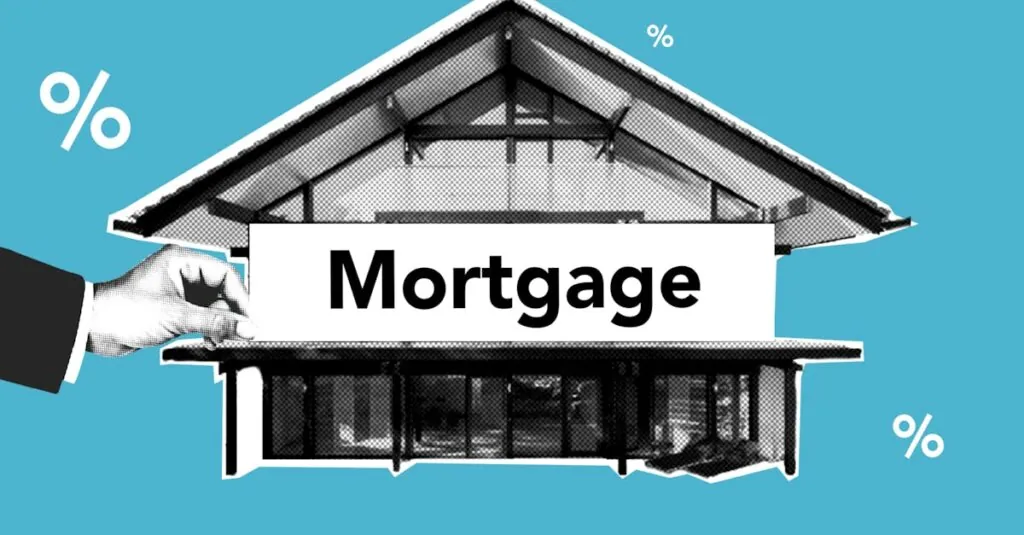Table of Contents
ToggleNavigating the housing market can feel like trying to find a needle in a haystack, especially in Arkansas. With its charming landscapes and friendly folks, it’s no wonder people are flocking to the Natural State. But before packing those boxes, it’s crucial to understand what the housing costs really look like. Spoiler alert: it’s not just about the price tag on that cute little bungalow.
Overview of Arkansas Housing Market
The Arkansas housing market presents a dynamic landscape, with various factors influencing housing costs across the state. Current trends show significant activity and interest in both urban and rural areas.
Current Trends in Housing Costs
Many regions in Arkansas experience rising home prices, especially in populated areas. A notable growth rate of 6.5% in median home prices was reported in the past year. As a result, the average home price currently hovers around $200,000, driven by demand from new residents. Furthermore, rental prices have also seen an increase. Rent for a one-bedroom apartment typically averages $1,000 per month, reflecting the shifting market dynamics. The competition among buyers and renters contributes to these escalating costs.
Comparison with National Averages
Housing costs in Arkansas remain lower compared to the national average, offering affordability. The national median home price stands at approximately $400,000, significantly higher than Arkansas’s average. This discrepancy attracts homebuyers seeking budget-friendly options. Rental costs in Arkansas also show variability, with averages about 20% lower than the national figures. These comparisons highlight Arkansas’s appealing status for those wanting to enjoy homeownership without the crippling costs found elsewhere.
Types of Housing in Arkansas
Arkansas offers a variety of housing options, catering to different preferences and budgets.
Single-Family Homes
Single-family homes dominate the Arkansas housing market. These properties often appeal to families seeking space and privacy. Prospective buyers can find homes in both urban and rural areas, with prices remaining below the national average. The average home price sits around $200,000, reflecting a substantial 6.5% increase over the past year. Many neighborhoods feature charming architectural styles and family-friendly amenities. Purchasing a single-family home allows buyers to invest in community life while enjoying the state’s picturesque landscapes.
Apartments and Rentals
Renting is a popular choice in Arkansas, particularly in urban centers. One-bedroom apartments average $1,000 per month, with variation depending on location and amenities. Many buildings come equipped with modern features, such as laundry facilities and fitness centers. Short-term and long-term lease options cater to diverse living situations. As the rental market tightens due to rising home prices, many residents turn to apartments for affordability and convenience. Rentals often provide a pathway for individuals considering eventual home ownership while enjoying urban conveniences.
Factors Influencing Housing Costs
Housing costs in Arkansas fluctuate based on several influential factors. Understanding these aspects helps potential buyers and renters navigate the market effectively.
Location and Neighborhoods
Neighborhood characteristics greatly affect housing costs. Urban areas such as Little Rock see higher prices compared to rural locations. Access to amenities like schools, shopping, and parks significantly impacts property values. Popular neighborhoods often command premium prices due to their safety, vibrancy, and community amenities. Trendy areas with newer developments appeal to young professionals, while established communities attract families seeking stability. As housing demand remains steady, location continues to be a key driver of price variations in the state.
Economic Conditions
Economic stability plays a crucial role in housing costs. Job growth in sectors such as healthcare and education boosts local economies, influencing housing demand. As Arkansas experiences wage increases and employment opportunities expand, housing prices align with the economic landscape. Interest rates also affect affordability; lower rates enhance buying power, while higher rates may deter potential buyers. Current data indicates that Arkansas’s economy is performing well, leading to increased competition in the housing market. Consequently, economic conditions shape both the residential and rental markets across the state.
Housing Financing Options
Understanding financing options is essential for navigating the Arkansas housing market. Various routes exist for buyers seeking to invest in properties.
Mortgages and Loans
Mortgages dominate the financing landscape in Arkansas. Fixed-rate mortgages provide stability with consistent monthly payments. Meanwhile, adjustable-rate mortgages can offer lower initial rates, appealing to young buyers. Local lenders often cater to specific needs, providing personalized service. FHA loans are accessible, promoting homeownership for first-time buyers with lower credit requirements. USDA loans benefit those buying in rural areas by offering zero down payment options. Each choice varies by financial circumstance, requiring careful assessment of terms and interest rates.
Government Programs
Government programs enhance affordability in Arkansas’s housing market. The Arkansas Development Finance Authority administers several programs. They offer down payment assistance to reduce upfront costs for eligible buyers. The Homebuyer Assistance Program targets low-income residents, facilitating access to housing. Additionally, VA loans support veterans, providing favorable terms without the need for a down payment. Such initiatives reflect a commitment to making homeownership attainable for a broader audience, fostering community growth across the state.
Conclusion
Navigating the housing market in Arkansas requires a clear understanding of the costs involved. While rising home and rental prices present challenges, the state still offers more affordable options compared to national averages. With a variety of housing types available and financing options tailored to diverse needs, Arkansas remains an attractive destination for homebuyers and renters alike. As the economy continues to grow and communities thrive, the housing landscape is likely to evolve, presenting both opportunities and considerations for those looking to settle in this welcoming state.







